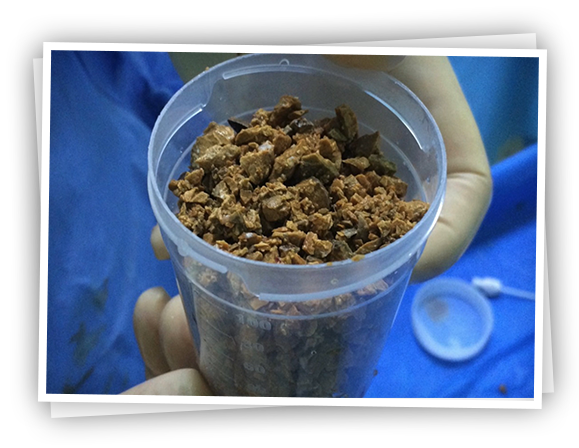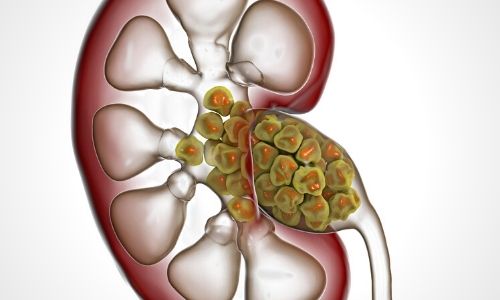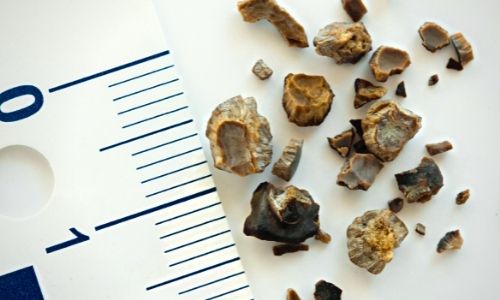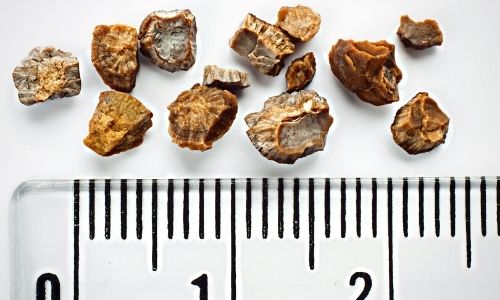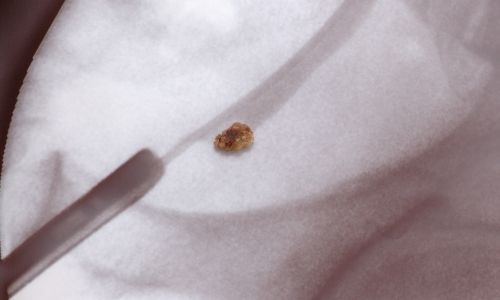How to Prepare Before the Procedure?
Before the procedure, the anesthesiologist will definitely want to examine you and see some of your laboratory tests, chest x-ray and heart electron. Before the surgery, your urine should also be checked for infection. If there is an infection, it must be treated beforehand. Again, the blood pressure, sugar or heart medications you use should be used in consultation with your doctor.
Eating and drinking water should be stopped 6-8 hours before the scheduled surgery time the night before the surgery.
How should patients be followed up after surgery?
Postoperative patients are approached in terms of possible complications. Especially vital signs (blood pressure, pulse, fever, respiratory rate), urine amount and color, laboratory tests (blood count, electrolytes and creatinine), respiratory distress are followed closely. Post-operatively, patients feel pain due to the tube placed in the kidney and the catheter inserted, especially in the back. Patients cannot be fed orally until the effect of the anesthesia wears off.
In some patients, a tube is inserted between the ribs to enter the kidney. In this case, patients may have respiratory distress. A temporary tube can be placed in patients who have a significant amount of fluid accumulated between the lung membranes in the chest X-ray to draw this fluid.
How long is the hospital stay after the operation?
The day after the percutaneous nephrolithotomy procedure, the patient's catheter and catheter are removed and they are stood up. Bleeding in the urine coming from the tube (nephrostomy tube) placed in the kidney is followed. In addition, blood is taken from the patients and it is followed whether there is a decrease in their blood after the surgery.
Patients with bleeding may require blood transfusion. Vital signs such as fever, blood pressure and pulse are monitored. Patients who have no problems in their follow-up are usually discharged on the 2nd day by taking nephrostomy tubes.
What are the Risks of Percutaneous Nephrolithotomy Surgery?
Although it is an endoscopic method, the surgery has some complications. It has risks such as high fever, urinary tract infection, bleeding, injury to the neighboring organs of the kidney.
Postoperative blood transfusion may be required in 0-20% of patients. Although it is seen rarely (0.4%), it may be necessary to close the bleeding vessel with angio procedure (angio-embolization) in patients whose bleeding continues despite blood transfusion.
There is a continuous flow of fluid from the endoscopes during surgery. This fluid given into the kidney leaves the body through the tube placed in the kidney from the back. As a result of the absorption of this fluid, postoperative fever may occur. Fever is usually controlled with antibiotics.
Some stone types (especially magnesium-ammonium-phosphate-struvite stone) are associated with infection and may cause serious post-operative infections. Rarely, the infection may enter the blood and cause organ failure (0.5%) and loss of the patient (0.05%).
How Long After To Return To Daily Activities Or Work?
The biggest advantage of endoscopic surgeries compared to open surgeries is the short return time to work and normal daily activities. It is recommended to spend the first week after discharge, especially at rest. Heavy exercise should be avoided for the first 2 weeks. If you experience high fever, bleeding, discharge or swelling from the entrance on the back during this period, you should definitely consult your doctor.
What to do with the removed stones?
The extracted stones are sent to the laboratory for analysis in order to learn the chemical substances they contain. Knowing the chemical content of the stone formed in the patient's kidneys can guide the doctors in preventing the recurrence of these stones.
In some patients, the stones become infected and contain germs (bacteria). During surgery, these bacteria can enter the blood and cause serious infections. For the most accurate and rapid treatment of these infections, the stones are placed in special containers during the surgery and sent to the microbiology laboratory in these patients. According to the results of this test, appropriate antibiotic therapy is given to the patients.
